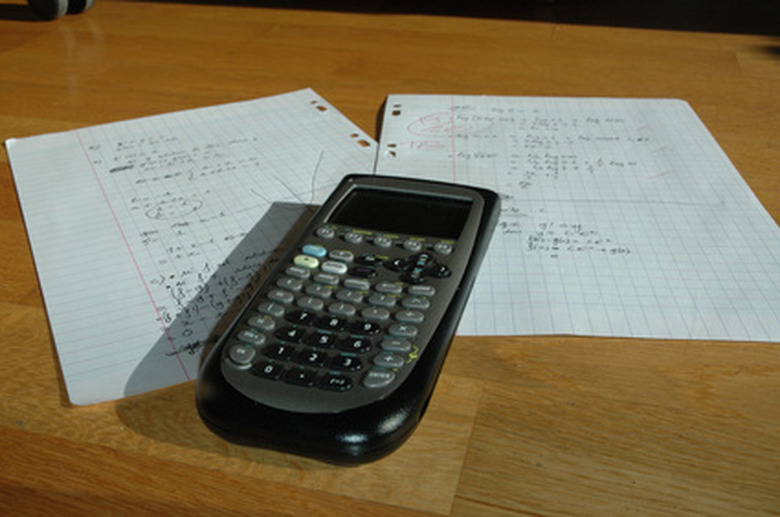Calculating the cubic space inside a three-dimensional object is the same process as calculating its volume. Another way to think of it is: How much liquid, air or solid could this object hold if it were hollowed out? Or, how much space does this object take up? The calculations involved are relatively simple–so long as you know the height, width and length of the rectangle or square, or the radius or diameter of the sphere in question–although you may find a calculator to be a useful aid.
Squares and Rectangles
Step 1
Measure or calculate the height of the item in question.
Step 2
Measure or calculate the width of the item in question. Measure in the same unit of measurement (e.g. inches, feet, meters, yards) as you used to measure the height.
Step 3
Measure or calculate the length of the item in question. Again, use the same unit of measurement for length as you did for width and height.
Step 4
Multiply all three measurements together. The order in which you do so does not matter. For example, if you were measuring the cubic space inside a rectangle that is 5 inches high, 6 inches wide and 10 inches long, you have an answer of 5 6 10 = 300 cubic inches.
Spheres
Step 1
Measure or calculate the radius of the sphere in question. If you know the diameter of the sphere, you can get the radius by dividing the diameter in two. If you know the sphere’s circumference, you can divide that circumference by 2, then divide again by pi, to get the circle’s radius.
Step 2
Cube the circle’s radius. In other words, multiply it by itself three times. So if your circle has a radius of 3 inches, 3 cubed would be 3 3 3 = 9 inches cubed.
Step 3
Multiply the result from Step 2 by 4/3. To continue our example we have 9 * 4/3 = 12.
Step 4
Multiply the result from Step 3 by pi. The end result is the volume of the sphere. To conclude our example, we have 12 * pi = 37.699.
TL;DR (Too Long; Didn’t Read)
The approximate value of pi is 3.14. If you don’t have a scientific calculator capable of inputting a more exact value of pi, substituting 3.14 for pi is almost always acceptable.

